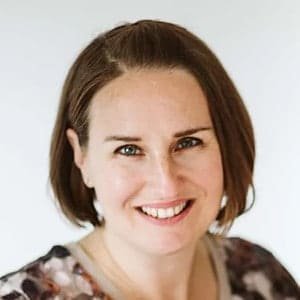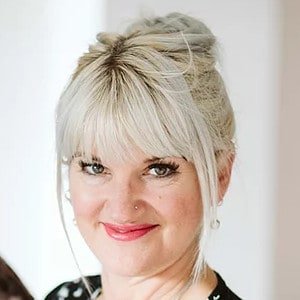The Power of Silence

By Karen Forshaw
GP Doncaster (Yorkshire & the Humber)

By Chrisssie Mowbray
Chartered Physiotherapist (Yorkshire)
NHSE data from March 2021 states that 7 million consultations are carried out in General Practice every week. The traditional model of 15 face-to-face appointments in a 2.5-hour surgery that is repeated in the afternoon is gone. We now have a seemingly unending list of telephone calls, with tasks and face to face appointments thrown in when needed.
When faced with a list of patients to deal with there is a feeling of time pressure, of the need to keep things moving, to get through the consultation as quickly as possible and move onto the next, to get through that list. One of the easiest ways to get through a consultation quickly, you might think, is to take control of it; to dominate the conversation and direct where it goes, to ask lots of short simple questions. We know, however, that this in fact takes up more time. Ask a patient a closed, yes/no question for example, “is the pain sharp?” and you will get a yes or a no answer. If the answer is “no” then you are still in the dark as to what the pain feels like. Ask an open question such as “how would you describe the pain” and the patient will tell you.
Expanding on this theme, think about the pauses that occur in everyday conversations outside of consultations. People stop to think, to arrange their thoughts and consider the words they chose to make sure they get their message across. In the consultation setting, when patients are more likely to be anxious about their symptoms and what they may mean, they may need even more time to marshal their thoughts. We can hijack that very easily and plough on with more questions, making assumptions and moving the consultation on.
www.resilientpractice.co.uk shares a large number of diverse tools and techniques to get you started. Click the button below.
Think back to your own consultations. Do you ask a question and if the patient doesn’t immediately answer do you ask it again in a different way? We might congratulate ourselves here on using different words that might resonate better with patients; however, what if we had just given them a bit of time, allowed the silence to stretch, resisted the temptation to fill it, allowing them to do so? Think about how more effective this technique is. Giving patients the time and space to formulate their answer encourages their contribution, it slows everything down and allows you to take your foot off the consultation accelerator. When patients feel more in control of the conversation they will feel comfortable in sharing what they think is going on. They will be more likely to tell you their concerns and even what they really want to happen next in terms of management.
This is sounding more like a consultation skills blog than one about clinician wellbeing! How does harnessing the power of silence help us as clinicians?
When we rush through a consultation telling patients what to do, hoping that our “is that ok” at the end will be enough, we do not ultimately address their ideas, concerns, or expectations. We are not consulting in a patient-centred way and at a certain level, we will recognise this and feel dissatisfied with our performance. This sort of underlying discontent is very bad for our mental well-being.
If we felt dissatisfied with the consultation then you can guarantee the patient did, and if we have not addressed their agenda fully (or indeed at all) they will call back and will keep on calling until someone does! They may even complain about “not being listened to” or “fobbed off”. Some of them may even formalise this as a complaint. Dealing with such malcontent is again detrimental to our own well-being and can be avoided.















Silence is an extremely effective consultation tool that helps make us resilient practitioners. It saves more time than it takes, it encourages your patient’s contribution, and it results in more patient-centred care. You feel better and the patient feels you have really listened. Resist the temptation to fill a silence.
